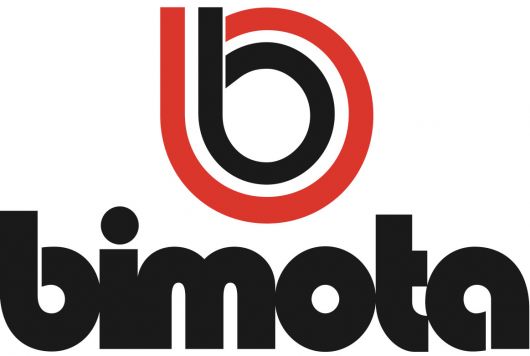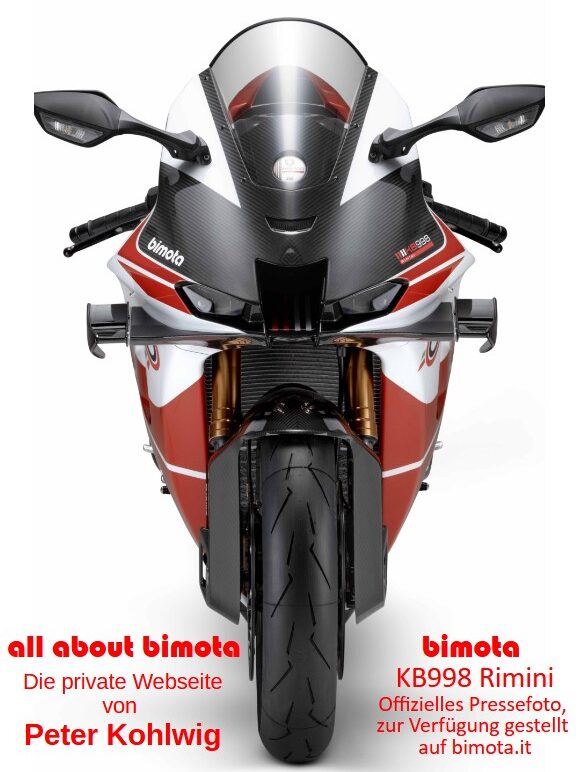2 Strokes to bankruptcy
At the end of the 1990s, Bimota’s financial troubles continued to grow. The market for exclusive motorcycles with specialized chassis had been in decline for some time, as mass manufacturers had improved the quality of their chassis to a level that made it hard to justify prices that were two to three times higher, at least from this perspective. Nevertheless, starting in the mid-1990s, Bimota tried to increase its annual production. The German magazine Motorrad described the situation in issue 15/1999 as follows:
“Bimota was almost brought to its knees by the decision to practically double production. Just because 800 to 900 motorcycles are selling well each year doesn’t mean you’ll sell 2,000 – especially when exclusivity takes a hit in the process.”
A major contributor to the company’s downfall was undoubtedly the Vdue, which was offered and sold in 1997, despite not being fully developed. For the first time, Bimota developed its own engine for the Vdue. This bold, innovative step was intended to bring a unique motorcycle to the market once again. However, technical difficulties in tuning the two-stroke engine with direct injection led to a production halt in 1998. That same year, chief developer Pier-Luigi Marconi left the company. The financial situation continued to deteriorate until new investors injected fresh capital into the company. All 180 motorcycles that had been delivered were recalled, but Bimota was unable to resolve the flaws in the injection system. Instead, the company chose another route and converted the Vdue to carburetors.
However, Bimota’s reputation was severely damaged by the numerous reports of financial difficulties and technical problems. For the 1999 model year, Bimota decided to drastically reduce the prices of unsold models from the overproduction. This applied to all models except for the new DB4 and SB8K. For example, the SB6, which had been available since 1994, was reduced from an original price of over 36,000 DM to 19,999 DM, while the SB6R, introduced in 1997, was offered for 24,999 DM instead of 32,000 DM. The prices for the other models in stock were as follows:
- DB3, 1997 model: 14,999 DM (former list price 29,900 DM)
- DB3, 1998 model: 16,999 DM (former list price 29,900 DM)
- DB2 EF: 19,999 DM (former list price 25,499 DM)
- BB1: 12,999 DM (former list price 20,650 DM)
- YB8E: 19,999 DM (former list price 42,600 DM)
- YB9SR: 12,999 DM (former list price 24,440 DM)
- YB9SRI: 13,999 DM (former list price 26,200 DM)
- YB11, 1997 model: 19,999 DM (former list price 34,900 DM)
- YB11, 1998 model: 24,999 DM (former list price 34,900 DM)
Ultimately, however, even the millions from investors and the price reductions were not enough. In 2000, Bimota filed for bankruptcy. Efforts to find an investor or buyer were unsuccessful. In March 2001, the bankruptcy court in Rimini ordered the liquidation of the company.
The then German general importer, ZTK (Zweiradtechnik Körnemann) from Schneverdingen, sold the two most recently introduced models, the DB4 and SB8, at significantly reduced prices compared to their original list prices. An SB8R Special was now available for 24,999 DM instead of 42,999 DM, and an SB8R for 22,999 DM instead of 39,999 DM. The DB4 was offered for 19,999 DM.

